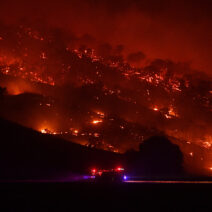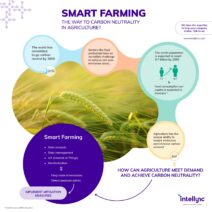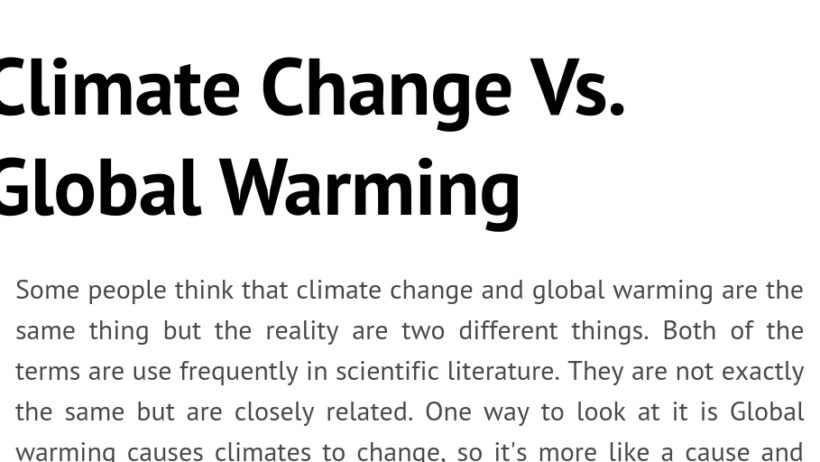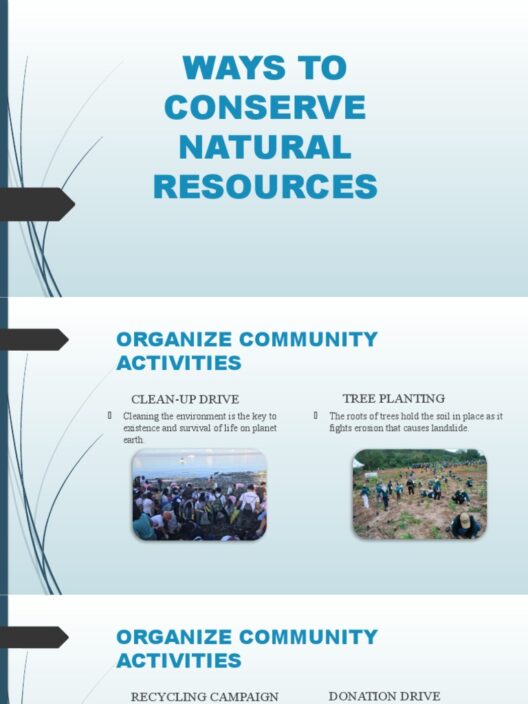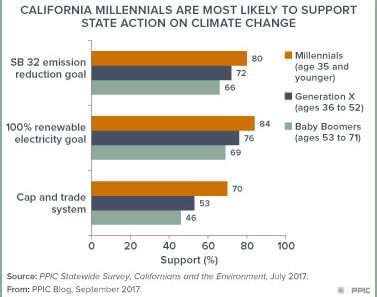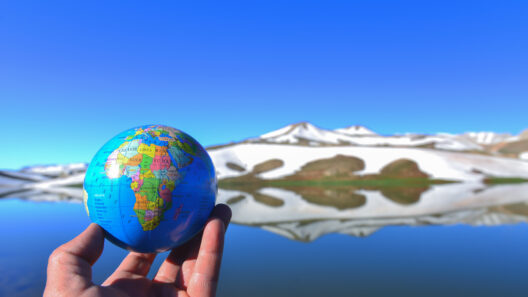Climate change and global warming often feature prominently in discussions surrounding environmental issues. However, while these terms are frequently used interchangeably, they denote distinct phenomena. This article delves into the intricate web that binds climate change and global warming, as well as the important distinctions that separate them. Through this exploration, we aim to foster a clearer understanding of the complexities of our planet’s climate system.
First, let’s define our terms. Global warming refers specifically to the observed long-term rise in the average temperature of Earth’s atmosphere and oceans. This increase primarily stems from the accumulation of greenhouse gases (GHGs), such as carbon dioxide and methane, in the atmosphere. These gases trap heat from the sun, leading to a warming effect akin to that of a greenhouse. On the other hand, climate change encompasses a broader range of changes that occur over extended periods, including not only temperature variations but also alterations in precipitation patterns, sea-level rise, and extreme weather events. In essence, global warming is a key driver of climate change, but it is just one component of a much larger picture.
Now, let’s take a moment to consider an engaging question: how does one differentiate between the impact of natural variability and human-induced factors in the context of global warming and climate change?
The Earth’s climate has always been subject to fluctuations influenced by natural forces such as volcanic eruptions, solar radiation, and ocean currents. These factors can lead to periods of warming and cooling, often occurring over geological timescales. However, since the onset of the Industrial Revolution, human activities—primarily the burning of fossil fuels and deforestation—have significantly accelerated greenhouse gas emissions. This escalation has led to unprecedented rates of warming in comparison to historical natural variability. Consequently, while natural variations remain integral to understanding climate dynamics, the reliance on fossil fuels and land-use changes implicates humanity as a crucial agent in the current climate crisis.
To further delineate between climate change and global warming, one must consider the manifestations of each. Global warming is predominantly a temperature-oriented issue, characterized by rising figures on global thermometers. This warming trend triggers cascading effects across ecosystems and human societies. Warmer temperatures contribute to melting polar ice and glaciers, which in turn leads to rising sea levels—an immediate concern for coastal communities around the globe.
On the other hand, climate change envelops a myriad of phenomena stemming from this temperature increase. The alteration of precipitation patterns, for instance, is a direct consequence of global warming. Some regions may experience increased rainfall, leading to flooding, while others may face severe droughts. Such variability can wreak havoc on agriculture, as farmers struggle to adapt to erratic weather patterns and changing growing seasons.
Moreover, climate change is not linear; it encompasses feedback loops that exacerbate its impacts. For example, as ice caps melt, less sunlight is reflected back into the atmosphere, consequently leading to further warming—a cycle of self-reinforcement. Additionally, the release of methane from thawing permafrost introduces another layer of complexity, as methane is a more potent greenhouse gas than carbon dioxide in the short term.
The interrelationship between these two phenomena invites reflection. While global warming serves as the engine driving changes in climate, climate change represents the multifaceted consequences of this engine’s relentless operation. This interplay raises critical questions: How should policymakers prioritize actions that address both global warming and broader climate change effects? What strategies can be employed to mitigate the extensive repercussions felt across various sectors, including agriculture, health, and biodiversity?
In pursuit of solutions, it is essential to understand the challenges posed by misinformation and apathy surrounding climate change. A prevalent belief that global warming could be a cyclical natural occurrence may lead to complacency, undermining urgent action needed to curtail emissions. Education and outreach play vital roles in combatting these misconceptions and mobilizing communities to respond effectively.
Furthermore, technological advancements present both opportunities and challenges in addressing the dual issues of climate change and global warming. Renewable energy sources, such as solar and wind, hold promise in reducing reliance on fossil fuels. However, the transition is fraught with obstacles, including economic disparities, regulatory frameworks, and infrastructural limitations. How swiftly can society pivot toward sustainable solutions? This question remains at the forefront of the global conversation.
Moreover, the dialogue on climate change and global warming must include considerations of social equity. Vulnerable communities often bear the brunt of climate-related disasters, facing increased risks of flooding, food insecurity, and health crises. Understanding and addressing these inequalities will be fundamental to developing comprehensive climate policies that are just and effective.
In conclusion, unpacking the differences and similarities between climate change and global warming reveals intricate complexities within our planet’s climate system. As we advance in our understanding, it becomes increasingly essential to recognize the interconnectedness of these phenomena, the urgency of mitigation strategies, and the necessity of a unified global response. Humanity stands at a crossroads—will we rise to the challenge of fostering a sustainable future, or will we continue on a path of inaction? The opportunity to determine our environmental legacy lies in our collective hands.

